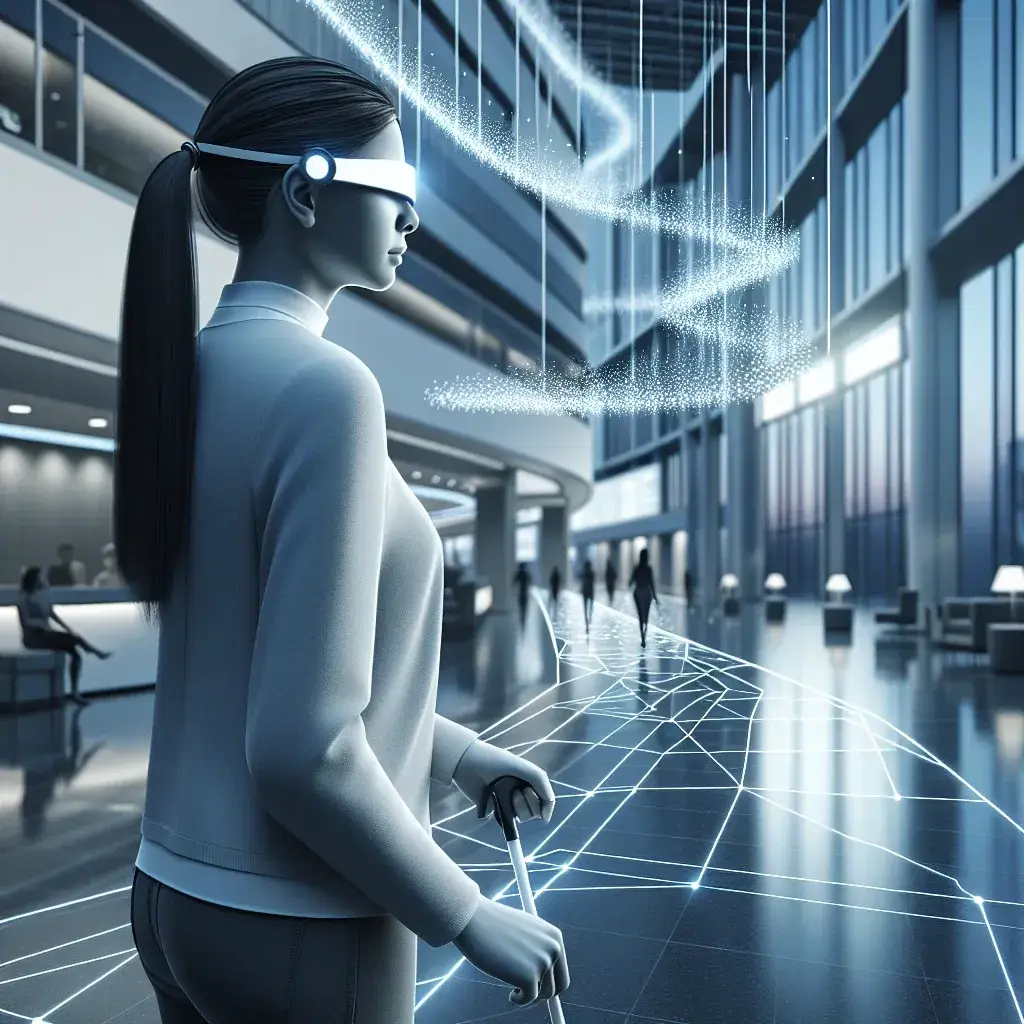Introduction
Indoor positioning systems (IPS) have revolutionized the way we navigate complex environments, particularly for visually impaired individuals. As technology advances, the need for accessible navigation solutions becomes increasingly critical, especially in intricate buildings such as hospitals, shopping malls, and airports. This article delves into how IPS guides visually impaired users through complex buildings, enhancing their independence and improving their overall experience.
Understanding Indoor Positioning Systems
An indoor positioning system is a technology that determines the location of a user within a building using various technologies, including Wi-Fi, Bluetooth, and beacons. Unlike GPS, which works well outdoors, IPS provides precise location data indoors, where GPS signals are weak or non-existent. The technology utilizes a combination of sensors, algorithms, and sometimes even maps to pinpoint a user’s location and guide them effectively.
How IPS Works
IPS relies on several components to function effectively:
- Sensors: Various sensors, including accelerometers, gyroscopes, and magnetometers, help determine the user’s movement and orientation.
- Beacons: Bluetooth Low Energy (BLE) beacons transmit signals that can be picked up by a user’s device, providing location data.
- Mapping: Detailed maps of the building are essential for accurate navigation. These maps can be created using computer-aided design (CAD) software.
- Algorithms: Algorithms process the data from sensors and beacons to calculate the user’s precise location and provide routing information.
Benefits for Visually Impaired Users
1. Improved Navigation
For visually impaired individuals, navigating complex buildings can be a daunting task. IPS provides audio instructions and haptic feedback, allowing users to understand their surroundings better. The system can guide them step-by-step, reducing anxiety and confusion.
2. Increased Independence
With the help of IPS, visually impaired users can navigate independently without relying on a sighted companion. This newfound independence not only boosts their confidence but also allows them to participate more fully in society.
3. Enhanced Safety
By providing real-time information about their surroundings, IPS enhances safety for visually impaired individuals. For example, the system can alert users to obstacles, such as stairs or narrow hallways, enabling them to avoid potential hazards.
Case Studies: Real-World Applications
1. Hospitals
Many hospitals have implemented IPS to assist visually impaired patients. For instance, a large hospital in New York City utilized an IPS to help patients find their way from the entrance to various departments, including radiology and laboratories. Feedback from users indicated a significant reduction in stress and confusion during their visits.
2. Airports
Airports, given their complex layouts, can be particularly challenging for visually impaired travelers. Several international airports have installed IPS to guide passengers from check-in to boarding gates. This system not only benefits travelers but also enhances operational efficiency within the airport.
Challenges to Implementation
1. Cost
Implementing an IPS can be costly, particularly for large buildings. The expenses associated with installing beacons, sensors, and mapping can deter some organizations from adopting this technology.
2. Maintenance
Maintaining the system requires ongoing updates and support. Regular checks are necessary to ensure that the technology remains accurate and functional, which can be resource-intensive.
3. User Training
Training users, especially visually impaired individuals, on how to use IPS effectively is crucial. Organizations must invest time and resources into developing training materials that are accessible and easy to understand.
The Future of Indoor Positioning Systems
As technology continues to evolve, the future of IPS looks promising. Innovations in artificial intelligence and machine learning are expected to enhance the accuracy and functionality of indoor positioning systems. Future advancements may include:
- Personalized Navigation: Future systems may offer customized navigation experiences, tailored to individual user preferences and needs.
- Integration with Smart Devices: As smart homes and devices become more prevalent, IPS could integrate seamlessly with these technologies to provide a holistic navigation experience.
- Collaboration with Other Technologies: Collaborations with augmented reality (AR) could create immersive navigation experiences, further aiding visually impaired users.
Conclusion
Indoor positioning systems have the potential to transform how visually impaired users navigate complex buildings. By providing accurate, real-time location information, these systems promote independence, safety, and accessibility. While challenges remain in implementing and maintaining these systems, the future looks bright as technology continues to advance. With continued innovation and commitment to accessibility, IPS can play a vital role in creating inclusive environments for all.

